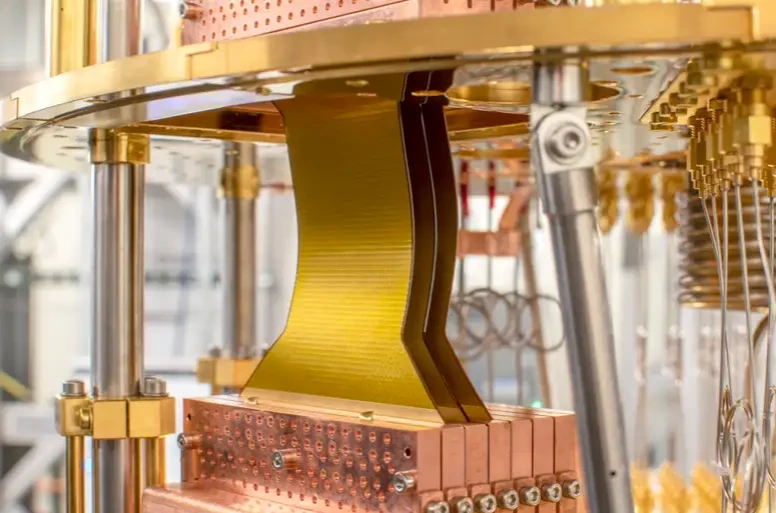IBM unveiled the 433-qubit computer - world's largest quantum computer ever
Satellites use solar reflections to detect methane leaks offshore / Congestion pricing may reduce vehicle size
IBM has built the world's largest quantum computer. With 433 qubits, or quantum bits, it is called Osprey and is more than three times as big as the company's 53-qubit Sycamore computer and more than eight times bigger than the 127-qubit computer that set the previous record for largest computer.
Though quantum computers have the potential to solve problems that conventional computers cannot, there is no agreement on the best way to build one. IBM and Google's qubits are built on circuits made of superconductors, which conduct electricity perfectly. The others devices that make use of unusually large atoms, charged atoms, or quantum light particles.

IBM’s Osprey quantum computer.
IBM's Oliver Dial explains that developing Osprey was more difficult than merely producing more qubits. Similar to how "crossed wires" can cause conventional computers to malfunction, qubits can be disturbed by forces exerted on them by nearby qubits. When more qubits are packed onto a chip, the likelihood of this happening increases.
Osprey's qubits are managed by attaching the chip to conventional electronics. According to Dial and his team, these connections were created to keep the qubits under control as precisely as possible. Osprey needs to be kept inside a special refrigerator because superconducting wires can only conduct electricity at temperatures around -273°C. Additionally, Dial and his coworkers had to watch out for any temperature increases caused by the computer and all of its wires.
Because qubits, unlike conventional bits, can simultaneously take on the values of 0 and 1, as well as a combination of both due to the peculiarities of quantum mechanics, researchers have high expectations for quantum computers. As a result, they should be able to carry out calculations that are too complicated for even the most advanced supercomputers, like simulating chemical reactions in atomic detail.
Google announced an apparent breakthrough in this direction in 2019 when Sycamore solved a problem that the company claimed was impossible for a traditional computer to solve. Since then, this assertion of "quantum supremacy" has been repeatedly refuted.
Osprey has many more qubits than Sycamore, and larger quantum computers are more potent. In fact, to match the number of states Osprey has for information storage and processing, a conventional computer would need to have more bits than there are atoms in the known universe.
“Building Osprey was an exploration of how large of a quantum chip we can really manufacture. It taught us that we really can put over 400 qubits on a chip and get that to work. That was a huge lesson in engineering,” says Dial.
“This [computer] shows that superconducting technology does scale,” says Peter Love at Tufts University in Massachusetts. “But this is still what we’d call a noisy device. And noise may be the key word for quantum computers for a while.”
Due to the way qubits lose their quantum nature over time, physicists claim that quantum computers are noisy when they make errors. The big questions, according to Love, are whether it is possible to make computers like Osprey detect and correct their own mistakes and whether IBM will attempt to use it to demonstrate quantum superiority.
According to Dial, the IBM team will have a functioning quantum computer with 1121 qubits in 2023. In order to reduce noise and mitigate errors, it is also creating a smaller chip that will test a novel way of positioning and connecting qubits. “We are working on improving not just scale, but also quality and speed.
End of content
Không có tin nào tiếp theo



